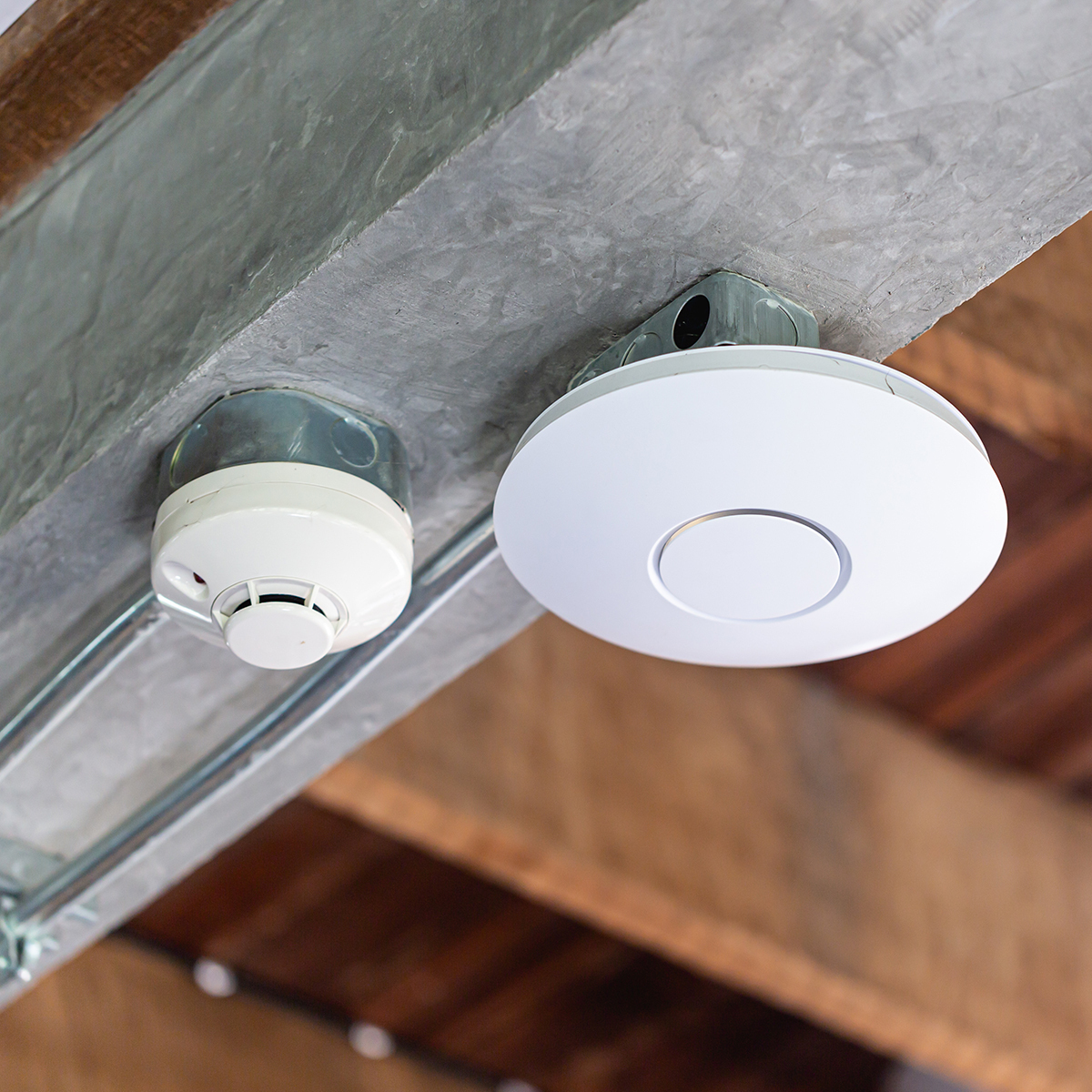WiFi Network Design. Key considerations
1) Plan for capacity not for coverage
Going down this road is suitable for WLANs that are planned for coverage but certainly is not the right approach to meet capacity requirements. For instance, when you plan for RF coverage, you leave out key elements like the number of concurrent users, applications’ bandwidth needs, and capabilities that you would cover if you design for capacity instead.
Wireless engineers and IT consultants need to fully understand the network design requirements to ensure a successful design. This step is crucial, so don’t skip it! This will help you reduce the need for further site surveys after you deploy the WiFi infrastructure and deploy additional access points in the long run.
Grab all the details:
- What types of applications will be expected in the network, e.g., web browsing, VoIP calls, software, or video streaming? Calculate the bandwidth per user with our tool.
- What technologies should WiFi infrastructure support (802.11 a/b/g/n/ac)?
- How many client devices will connect to the WiFi network simultaneously? It will help you to determine the number of spatial streams, technology, and access point type.
- What are the key areas you need to cover and provide WiFi?
- Estimate the number of concurrent devices per area
- Check if there are any limitations for cabling or any aesthetic requirements, e.g., mesh solution.
- Also, consider power constraints. It’s way more useful to have an infrastructure equipped with PoE+ that allows you to support high performing access points.
Once you gather all this information, you can adequately plan for capacity!
2) Channel utilization
For instance, for the 802.11ac wireless standard, radio frequency management should be executed at 20, 40, and 80MHz channel widths. Different client devices will support different channel widths for the 802.11 protocols. Client devices that support the wider channel widths will support higher bandwidth within the particular protocol.
Estimate how many client devices you can allocate per band. With newer technologies, more client devices now support dual-band operation, and hence using proprietary implementation devices can be steered to 5 GHz. A typical design approach is to do a 30/70 split between 2.4 GHz and 5 GHz. So, do the maths!
3) Roaming
Furthermore, the placement of access points plays a significant role in roaming. Even after deploying the access points in the right locations, roaming may not perform as you would expect. This is merely due to the variety of client devices connected in the network with diverse Network Interface Cards (NICs) and roaming algorithms.
Keep in mind that in high-density environments, it is acceptable if a client device doesn’t roam to every access point in the roaming path and only roams to every other access point, as far as roaming is seamless before the client device’s Received Signal Strength Indicator (RSSI) falls between 75 dBm to 80 dBm.
Although the client device usually takes the roaming decision, a management software like Tanaza allows you to enable the fast roaming feature on top of devices compatible with our platform. Lastly, to maximize speed and facilitate roaming, you should disable lower data rates in support of legacy wireless protocols.
4) Think Mobile – Again, Think mobile
5) SSIDs
For example, you can have one SSID using a captive portal for guest access and 802.1x client provisioning. A second SSID for 802.1x authenticated users and devices. And a third SSID for particular use cases or specialized wireless devices, e.g., Wi-Fi-enabled VoIP phones, non-802.1x capable devices, or specialized network devices.
For other use cases, different SSIDs may be required depending on your specific needs, but strive for no more than 3 SSIDs per access point.
6) BYOD
Tanaza features a cutting-edge integrated network content filter that blocks users from accessing inappropriate or unauthorized websites and applications while using your WiFi networks. This filter blocks malware internet pages and can work as a parental control software tool too.
Lastly, have in place a limit per-user bandwidth consumption in the network to manage its performance. Don’t forget to take into account that the BYOD trend has a direct consequence on the bandwidth and throughput requirement.
7) Bandwidth limitation
Make sure to keep an eye on our blog. We will release weekly blog posts about WiFi network design, essential for a healthy and well-performing WiFi network.
Related articles:
https://www.tanaza.com/blog/tanazaos-and-openwrt-differences-and-similarities/




